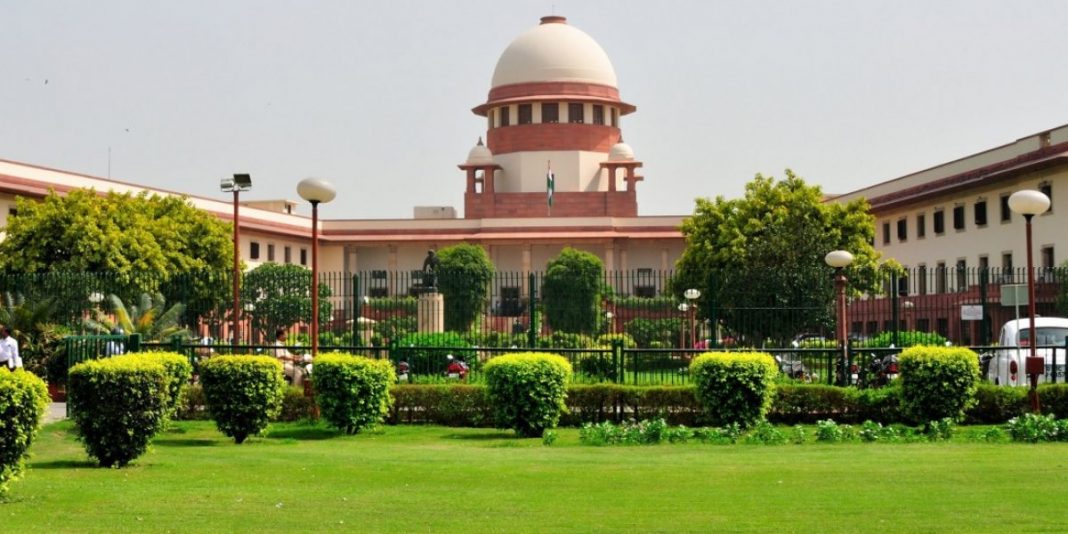By Dr Charu WaliKhanna
The day is also not far off…2027 may be the year when India sees its first woman Chief Justice, if Justice BV Nagarathna is elevated to the Supreme Court. For the first time the Supreme Court collegium has recommended three female judges and if accepted by the government, the total count of women judges in the Supreme Court will go up to four, a first in the history of independent India.
What a change in stance in August from April 2021 when the former Chief Justice of India is reported to have stated, “Chief Justices of high Courts have stated that many women Advocates, when invited to come as judges, declined the offer citing domestic responsibilities about children studying in class 12 etc.” A mere statement not backed up by data; not recognising the fact that women are not only capable and career driven but can successfully juggle domestic responsibilities.

Unfortunately views like this only end up perpetrating patriarchal thinking that household chores and family are only women’s jobs. Although to be candid, he simultaneously also is reported to have said that time has come for India to have a woman Chief Justice of India!
Whichever profession, legal or corporate world, men smugly portray themselves as gender sensitive, but when it comes to the home front, patriarchal values dominate and invisibilisation of women’s work is perpetrated – Papa earns in a full time job and Mama does house work for free! Isn’t it time to become more open-minded and egalitarian in terms of domestic chores.
A large numbers of women are entering the judiciary on merit through highly competitive; yet such utterances by the highest echelons display a gender bias in nomination of women to higher Courts. A bias acknowledged by the President of India Ram Nath Kovind at a National Law Day function where he Advocated for more inclusiveness and highlighted that only about 4,700 of the 17,000 judges in lower Courts, High Courts and the Supreme Court are women, which is roughly 1 in 4. “There is an unacceptably low representation of traditionally weaker sections such as OBCs, SCs and STs, especially in the higher judiciary. Without in any manner compromising on quality, we need to take long-term measures to remedy this situation,” said the President.
Also Read: Personal Liberty is an important aspect of our Constitutional mandate: SC
It is believed that more representative gender jurisprudence would increase willingness among women to seek justice and the judges would produce judgements better reflecting the diversity of gender. In 1980, Justice M Fathima Beevi became the first woman judge to be appointed to the Supreme Court. Presently out of the total strength of 27 judges in the apex Court, there is only one woman, Justice Indira Banerjee. The situation was not dissimilar in the corporate world until the Companies Act 2013 made women’s representation mandatory. Although I must confess that gender diversity is only one element of diversity, the other being the question of caste… which I’ll discuss at a more appropriate time.
Today is a time to celebrate and it’s heartening to note that without any regulatory mechanism the Apex Court is striving to make its own benches more inclusive and equal. Hopefully this will have a domino effect on other related institutions.
We need to see more women in positions of power whether in Courts or in the corporate world.
The author is an advocate, Supreme Court of India


